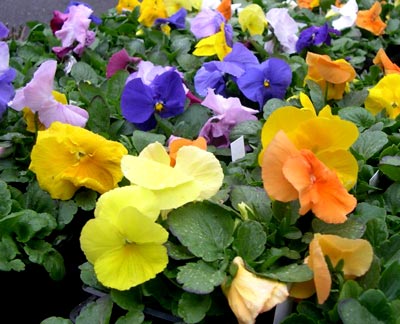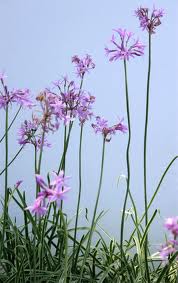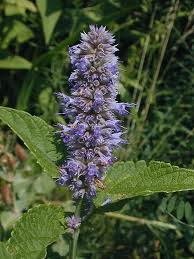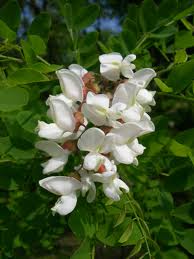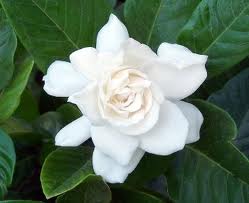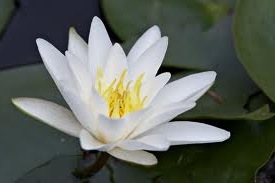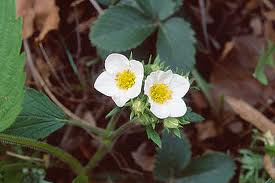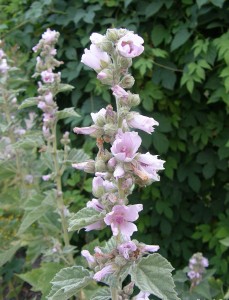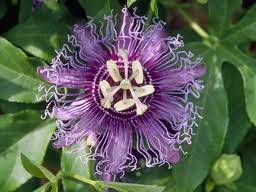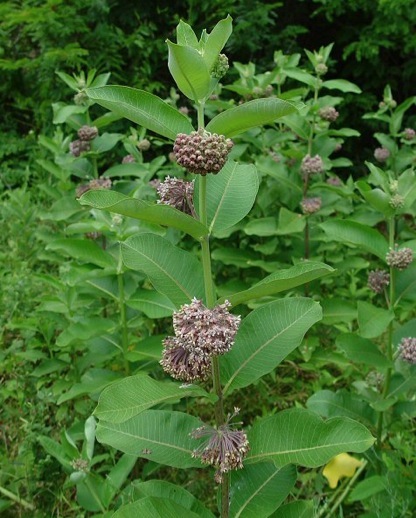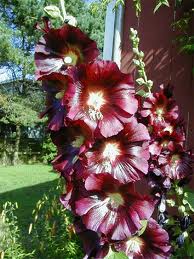Society Garlic, Anise Hyssop, Black Locust, Gardenia, Fragrant Water Lily, Strawberry, Marsh Mallow, Maypops, Milkweed, Hollyhocks
It’s clearly not wild. It’s clearly a planted ornamental. But I get asked about it all the time. Is Society Garlic edible? The short answer is yes. The blossoms smell and taste far more like a vegetable than a blossom. Their flavor is sweeter than garlic, more like of an onion but still peppery. They’re actually a native of South Africa and only a distant relation to regular garlic. European settlers to South Africa considered it a more polite spice to eat at social functions than real garlic. It’s probably safe to say that there is more Society Garlic growing locally than real garlic. Garlic does not like the hot weather whereas Society Garlic thrives in it. If well-established they’re drought resistant, too. The leaves are also edible, and are the bulbs on many species. Use the flowers in salads or soups, any place you want a bit of garlic, pepper and onion. To read more click here.
The native Anise Hyssop aka Giant Blue Hyssop, is a flower that’s hard to miss. It’s tall, in the mint family with anise scented leaves and blossoms though some say its aroma reminds them of root beer. Anise Hyssop has long been used to make tea and lend ambiance to potpourris. Native Americans used it medicinally for coughs, fever, wounds and diarrhea. The flowers are edible. They’re a garnish, great in salads and are often used in Oriental-style entrees. Botanically it is Agastache foeniculum and is found basically in the northern two thirds of North America, think Kentucky latitude north.
No accounting of edible flowers would be inclusive without mentioning the Black Locust, Robinia pseudoacacia. Just about the entire tree is useful in some way including the flowers. Fragrant, they are made into fritters in America, Europe and Asia. For a tree native to the Southeastern US it gets around. The white flowers are also made into tea. Incidentally, the pink flowers of the Robinia neomexicana are also edible. The Black Locust is sometimes called the False Acacia, which is what its species name means in Dead Latin. Planted in France, it is the source of that country’s Acacia Monofloral Honey even though it is not an Acacia. In fact the Black Locus actually produces more honey than the Honey Locust.
Is there a flower garden in America without a Gardenia in it? They are so common they are called the Common Gardenia, Gardenia jasminoides. In bastardized Greek via Dead Latin — all Latin is dead whereas Greek is still alive — –oides (OY-deezs) means “look like” or “similar to.” In this case jasminoides means like the Jasmine and indeed Gardenia blossoms are also used to make Jasmine tea. It seems a little like bait and switch but since the pallet doesn’t know the difference your Jasmine tea may be flavored with Jasmine or Gardenia. As for the Gardenia flowers they are eaten raw, pickled or preserved in honey. The fruits are also edible and used as yellow coloring for other fruits.
One of the more difficult things about the Nymphaea odorata is what common name to call it. Fragrant Water Lilly and American White Water Lilly seem to be in the running. We’ll go with Fragrant Water Lilly, and it is! Actually the unopened flower buds can be collected and boiled as a vegetable. Once opened the raw blossom can be used as a garnish or nibble. Whether the plant’s rhizome is useful is something of a debate. Some think our local yellow native Nymphaea mexicana can be used the same way.
There’s a real good reason why almost no one knows this next flower is edible. And that’s because nearly everyone eats the fruit! Strawberries are prime food. Botanically Fragaria ananassa, or if wild, Fragaria virginiana, Strawberry blossoms are edible raw though most folks wait for the fruit. Of course, you can be different and toss the flowers on salads just to surprise folks. The leaves are edible as well but are on the astringent side. As with many cultivated crops harvest carefully because as a commercial crop they are often doused with this or that chemical to keep them living and looking well until they get to market. The cultivated blossoms are pink, the wild white.
Yes, at one time marshmallow, the white, sweet sticky stuff you buy in a jar and mix with peanut butter to make a Fluffernutter, was made from the Marsh Mallow. The commercial product, however, is much different than the original. A native of Europe it has been naturalized in eastern North America for centuries. It was brought here mainly as a medicinal plant, and has many uses still. Nearly the entire plant has something to offer. In this article we only focus on the flowers. They can be eaten raw or cooked. When cooked they are on the viscous side. Grayish, velvety leaves helps you identify this mallow from its scores of kin.
Maypops are edible, and they look great on the plate. As for flavor… well, the entire plant smells like an old gym shoe, the flowers less so. Let’s call it an acquired taste. They are really too insubstantial to cook. In fact, most of the plant above ground is useful. The leaves can be cooked as a green, and the water they were cooked in as a sedative. The green fruit can be sliced and cooked like a green tomato, and the yellow ripe fruit pulp and seeds can be eaten out of hand or made into a refreshing, tart drink.
When I was a kid back in the Dark Ages I was always covered with Milkweed sap, or Asclepias syriaca juice, and it was sticky! The plants grew everywhere and at the time were taller than me. I was always picking blossoms, snapping shoots, tearing apart green pods and later throwing the fluff everywhere. The spongy, cellular structure of the pod was fascinating, and the final seeds parachutes so silky. I can still remember seeing butterflies on the Milkweed blossoms. They knew something I did not. There is sweet nectar in the blossoms… kind of. Milkweed blossoms are an acquired taste and to really get the nectar out they have to be long boiled. However, you can eat the blossoms raw if you like the flavor.
Hollyhocks look great on a plate, and their taste is bland for those who want strong colors rather than flavors. They have also been used to color wine in the distant past when such things were not regulated. The leaves are also edible raw and it’s still a cultivated vegetable in Egypt (the root has starch.) Besides plating and salads you can also make a refreshing tea from the Hollyhock. Botanically it is Alcea rosea and related to the Marsh Mallow above. There now many colors to choose from.

